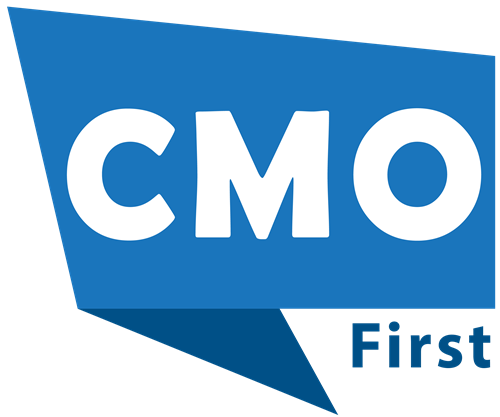Marketers are aware that one of the most important aspects of their work is connecting with customers. Customers are more inclined to become advocates and recommend them for business when they feel heard and understood. To reach and retain customers, marketers should prioritize in-product messaging.
When it comes to connecting with customers, businesses need to be purposeful in their messaging, and also be deliberate in when and where customers consume it.
One of the most crucial communication strategies B2B businesses can use is in-product messaging to give busy and frequently distracted customers an efficient, intentional, and a less bothersome experience.
Additionally, it helps in business growth.
Connecting with customers where they are
In-product messaging aims to connect with customers where they are so that the message can be contextualized in a way that enhances their day-to-day experience. Because they are consumers, it can be presumed that they are actively using the product. As a result, they will be more likely to read and respond to communications as they are actively engaging with it.
This requires B2B businesses to focus on how in-product messaging can improve customer experience (CX). Given that the experience a business offers is just as valuable as the product it sells, it’s a wise investment. Because customers are already paying attention to the brand and can see the relevance of what they are attempting to say, this form of marketing should take place in the product.
Also Read: Strategies to Leverage B2B Customer Pain Points
Leveraging customer data to create relevant communications
Customers will completely opt out of marketing communications if the messaging isn’t relevant to them, thereby missing out on important information. Even worse, customers may believe that a brand’s failure to grasp their demands is due to a lack of concern for their particular needs and the issues they are attempting to solve with their product.
Existing customers don’t like seeing marketing and sales messages for things they already own, and the same goes for messages regarding services they don’t utilize. So much marketing effort goes into the acquisition stage, which is often only informed by specific types of data organizations have on potential customers. However, for current customers, marketers must use the feature-level usage data they already possess.
Data is produced at every encounter a customer has with a company’s products. For instance, businesses can send an SMS to a consumer who has downloaded an app but hasn’t yet put it up to offer support. It’s possible that the user hasn’t logged into the app in a while. Businesses can notify customers via push notifications of important. Alternatively, if the customer has been a devoted and regular user, businesses can ask them to beta test a new feature.
However, companies must also take into account the possibility that the message may remain unnoticed. Marketers can leverage data about why, when, and how people use their products to make communications that are more concise and practical for each of their customers. They receive this information from customers with every engagement, or lack thereof. To earn a customer’s trust, businesses must focus on expertly providing the services they were originally required to provide. Then, using this information, they can produce communications that the customer wants to receive.
Also Read: Top Five Reasons Why a Branding Strategy is a Must-Have
Providing community-building content to retain customers
In-product messaging can be a useful platform for community building and thought leadership when it comes to information sharing. Businesses can streamline the steps customers must take in order to consume their content by continuing to share pertinent and useful insights via the product. Additionally, doing so keeps illustrating why the company is the best suited to meet the wants of their consumers. It demonstrates that the company is aware of the state of the market, cares about improving it, and offers suggestions for doing so.
Customers are enthusiastic testers of new products, features, and services because they are invested in the success of a company. Brands are actually boosting customer engagement with their company by producing and disseminating content and ideas via their products.

























Leave a Reply